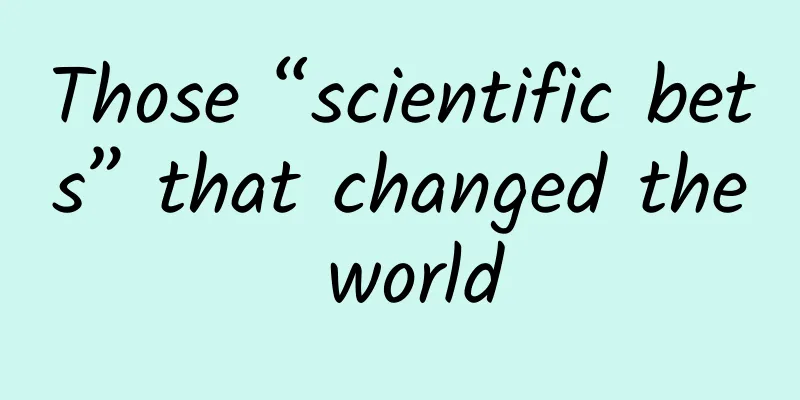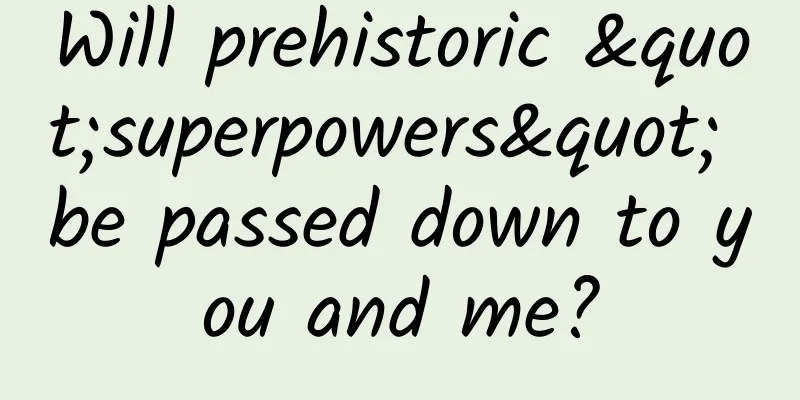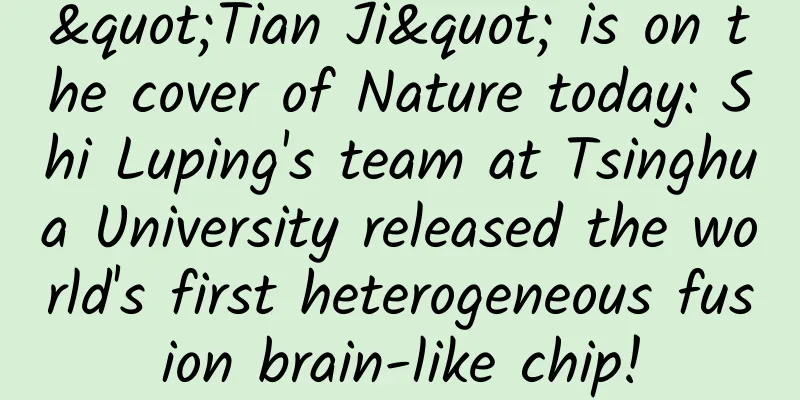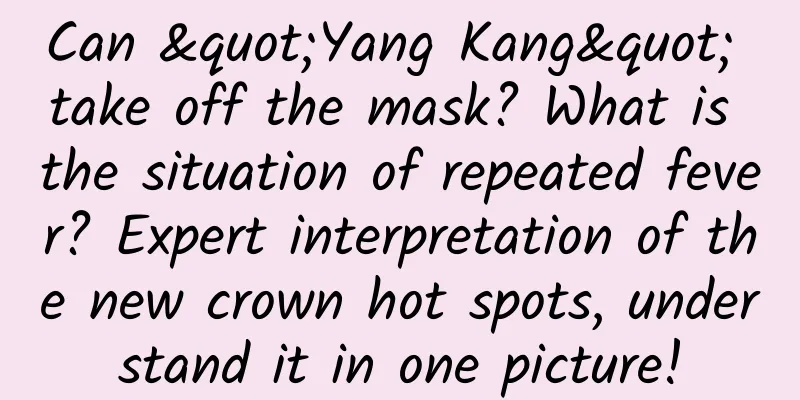Those “scientific bets” that changed the world

|
Scientists occasionally make bets in order to discover the truth and promote scientific development, but of course, real science does not roll dice. Written by Zhang Tiankan (columnist) Edited by Ji Jingjing The biggest feature of scientific research is uncertainty. On the long road of scientific research full of challenges and unknowns, breakthroughs mainly rely on persistent persistence and dedication, as well as maintaining the spirit and enthusiasm for pursuing truth. However, when scientists are faced with a difficult problem that they cannot solve, before obtaining the final verification results, they will occasionally try to make a bold "prediction" with their peers. In these "prediction competitions", many famous scientists enthusiastically participated and major and interesting scientific research problems made the "Scientific wager" in history still talked about with great relish. In the battle for scientific truth, the loser must accept defeat An earlier famous bet among scientists was the one between Chen-Ning Yang and Tsung-Dao Lee on the theory of parity non-conservation in weak interactions. Richard Feynman, a famous American physicist, questioned this and said that if parity non-conservation was proven, he would lose $10,000. Later, he lost confidence and gradually reduced his bet to $50. Another famous Austrian physicist, Wolfgang Pauli, also participated in the bet. He also believed in the conservation of parity. In a letter to the Austrian-American physicist Weiskopf on January 17, 1957, he wrote: "I don't believe that God is a left-handed person. I am ready to place a high bet." But later Pauli changed his mind and withdrew the bet. On January 15, 1957, Physical Review magazine received a paper by physicist Chien-Shiung Wu and others titled "Experimental Test of Parity Conservation in Beta Decay", which provided strong experimental evidence for the violation of parity conservation. On January 16, 1957 (one day earlier than Pauli's letter), The New York Times reported Chien-Shiung Wu's experiment on the front page with the headline "Basic Concepts in Physics Overturned in Experiment". At this point, Feynman and Pauli admitted defeat, and Yang Zhenning and Li Zhengdao won the 1957 Nobel Prize in Physics for their "theory of parity non-conservation in weak interactions." ▲The scientific gambling voucher in the office of the famous physicist Stephen Hawking. Hawking lost all four scientific "big bets" on black holes, singularities, information paradoxes, and God particles, but he still enjoyed it. (Photo from the Internet) There is also one of the biggest "group bets" in the history of science. When the human genome was deciphered in 2000, scientists from various countries bet on the result of "how many genes humans have". In addition to the symbolic bet of 1 US dollar, the winner can also get the book "The Double Helix" signed by James Watson, one of the discoverers of the DNA double helix structure. Among the bettors was Francis Collins, the chief scientist of the Human Genome Project and former director of the National Institutes of Health, who bet $1 that humans have 48,011 genes. In 2003, when the sequencing results came out, the total number of human genomes was about 25,000, and Collins and many other scientists lost their money, paying $1. A 10-year gamble on the future of the planet and nearly $600 One of the most famous bets among scientists that has the most implications for human survival and social development is a 10-year bet between an economist and an ecologist. In 1980, American economist Julian L. Simon made a prediction about the future in Science magazine, believing that rapid population growth was not a crisis but an opportunity, and that human life would be better in the future because people are creative and innovative. Even if the earth's resources, such as oil and some precious metals, were exhausted, people would create and discover other new resources to replace them. ▲Simon (left) and Ehrlich (right) (Source: slideplayer) However, Simon's view was refuted by many scientists, the most famous of whom was Paul R. Ehrlich, an ecologist at Stanford University. He believed that the resources on earth were not enough to meet the consumption of the growing population, and if we did not exercise restraint and save resources, hard times would come for mankind. Moreover, he provided a proof: if the resources of the earth were distributed according to the population increasing by 75 million people per year at that time, it would exceed the earth's "carrying capacity" - the storage of food, fresh water and minerals on the earth. As resources become more scarce, commodities will definitely become more expensive. Simon responded to Ehrlich with a bet, asking him to name any natural resource - grain, oil, coal, wood, metal - and any future date. If the resource becomes more scarce as the world population grows, then the price of the resource will also rise. If so, Simon loses, otherwise, Ehrlich wins, but the loser must pay a certain amount of cash to the winner. Ehrlich accepted the bet and carefully selected five metals: chromium, copper, nickel, tin, and tungsten. The gambling method is that Ehrlich and Simon each hypothetically buy an equal amount of metals worth $1,000, $200 for each metal. Based on the prices of various metals on September 29, 1980, if the prices of these five metals rose by September 29, 1990 after excluding the factor of inflation, indicating a shortage of resources, that is, Simon lost, he would have to pay Ehrlich the total price difference of these metals. On the contrary, if the prices of these five metals fell, Ehrlich would pay the total price difference to Simon. In the fall of 1990, the prices of these five metals all fell after eliminating inflation since 1980. Ehrlich admitted defeat and sent Simon a bill for the metal prices and a check for $576.07. A 150-year bet, $500 million bet on whether humans can live to 150 years old. A bet made in 2000 by Steven Austad, a professor of zoology at the University of Idaho, and S. Jay Olshansky, a scientist at the School of Public Health at the University of Illinois at Chicago, can be regarded as the largest bet in the history of world science. It spanned a hundred years and the amount of the bet was as high as $500 million. In February 2000, shortly after the official map of the human genome was declared complete, Ostad and Olshansky made a public bet on how long humans could live. ▲Steven Austad (left) and Jay Olshansky (right) (Photo from the Internet) Ostadt bet that the maximum human life span will reach 150 years, because the progress of molecular biology and genetic engineering will enable people to not only repair aging and damaged organs, but also repair and replace genes, which lays an internal foundation for human longevity. At the same time, due to the improvement and improvement of people's lifestyles and health concepts, such as not smoking, paying attention to diet and exercise, it will be possible to ensure the promotion of human longevity in terms of external factors, so it is not a problem for people to live to 150 years old, and even before 150 years, many people will live to 150 years old. However, Olshansky believes that although human life span may be extended due to the development of genetic engineering, it cannot be extended indefinitely. It would be good if it could reach 130 years at most, and he believes that this is the limit of human life span. They each contributed $150 to set up a trust fund. On January 1, 2150, they will entrust internationally renowned scientific organizations such as the World Health Organization (WHO) to select three highly respected scientists to judge their bet. By then, the fund will have accumulated to $500 million. The descendants of the winner of the bet will receive this huge amount of money. If the winner has no descendants, the money will belong to the university. Many people thought that the bet between the two scientists was just an academic game, but many people took it seriously. Quite a few people believed that Olshansky would win and gave some strong reasons. Because according to the bet, living to 150 is not just about being alive, but also requires that at the age of 150, the person must be clear-headed, able to respond to the surrounding environment, have independent consciousness, be able to stand and walk, and have the quality of life. Only in this way can it be considered alive. Long before the human genome was completed, scientists had conducted experiments with fruit flies. They manipulated some of the longevity genes in fruit flies, and the results did allow the fruit flies to live longer than normal fruit flies, but the lives of these long-lived fruit flies were of no quality, and they were in a coma for a long time. If we extrapolate this to humans, human longevity is likely to be longevity with extremely poor quality of life, just like fruit flies. But the real longevity that humans want is not only to pursue the length of life but also the quality of life, to live meaningfully. From this perspective, it is more difficult for Ostad to become the final winner. These stories of famous scientists betting show that scientists occasionally bet in order to discover the truth and promote scientific development, and that science can be based on past research results and thus has a certain degree of predictability. Of course, real science does not roll dice, and the same is true for social development. References: 1. Wolfgang Pauli, Pauli Lectures on Physics, Volume 7, MIT Press, 1977 Lee, TD, and CN Yang, Question of Parity Conservation in Weak Interactions, The Physical Review, 104, Oct 1, 1956. 2. Reading Feynman, 26 June 2020 https://readingfeynman.org/tag/parity-violation/ 3. Simon–Ehrlich wager https://en.wikipedia.org/wiki/Simon%E2%80%93Ehrlich_wager 4.MCCANN, JEAN. "Wanna Bet?" The Scientist, vol. 15, no. 3, 5 Feb. 2001 (Welcome to share to your circle of friends, please do not reprint without authorization) |
>>: What kind of clam is the mulberry wine in "The Eternal Moon"?
Recommend
7 simple ways to quickly understand user dads through online data
No matter what kind of marketing we do, we need t...
Teach you step by step to build the PHP version of RabbitMQ message queue development environment and Demo practice
[Original article from 51CTO.com] In the face of ...
53 key points for Weibo marketing promotion!
Brushing teeth and checking Weibo are the first t...
How to solve the problem of poor mobile phone signal? It turns out to be so simple, I finally learned it
If the mobile phone signal is too poor, then all ...
APP promotion scenario: let users actively download your product!
"Scenario-based" is a prerequisite that...
Urgent @Parents: Information security alarm has been sounded, please accept the protection strategy! | Digital Literacy
Review expert: Liu Xiangquan, Director of the Rob...
Zhihu Product Analysis Report
Zhihu has become a high-quality question-and-answ...
China’s top priority: energy structure adjustment and carbon emission reduction
In August , at least 10 provinces in China cut po...
"Yaodu" is now open for visits! What? The "Yao" in Yao, Shun and Yu?!
The Taosi site in Xiangfen, Shanxi is famous for ...
How does product operation awaken dormant and lost users?
Only truly active users can generate value and pr...
There is nothing "worldly" in today's article...
Today is the Zhongyuan Festival , also known as t...
Comprehensive plan for Tik Tok short video marketing and promotion in 2019!
Follow the official account " Operation Uncl...
Finally, today the health code will be unified!
I have waited for a long time and finally waited ...
A large amount of Qianchuan running material "production formula" [with script plan]
As the saying goes: An optimizer who doesn’t unde...









